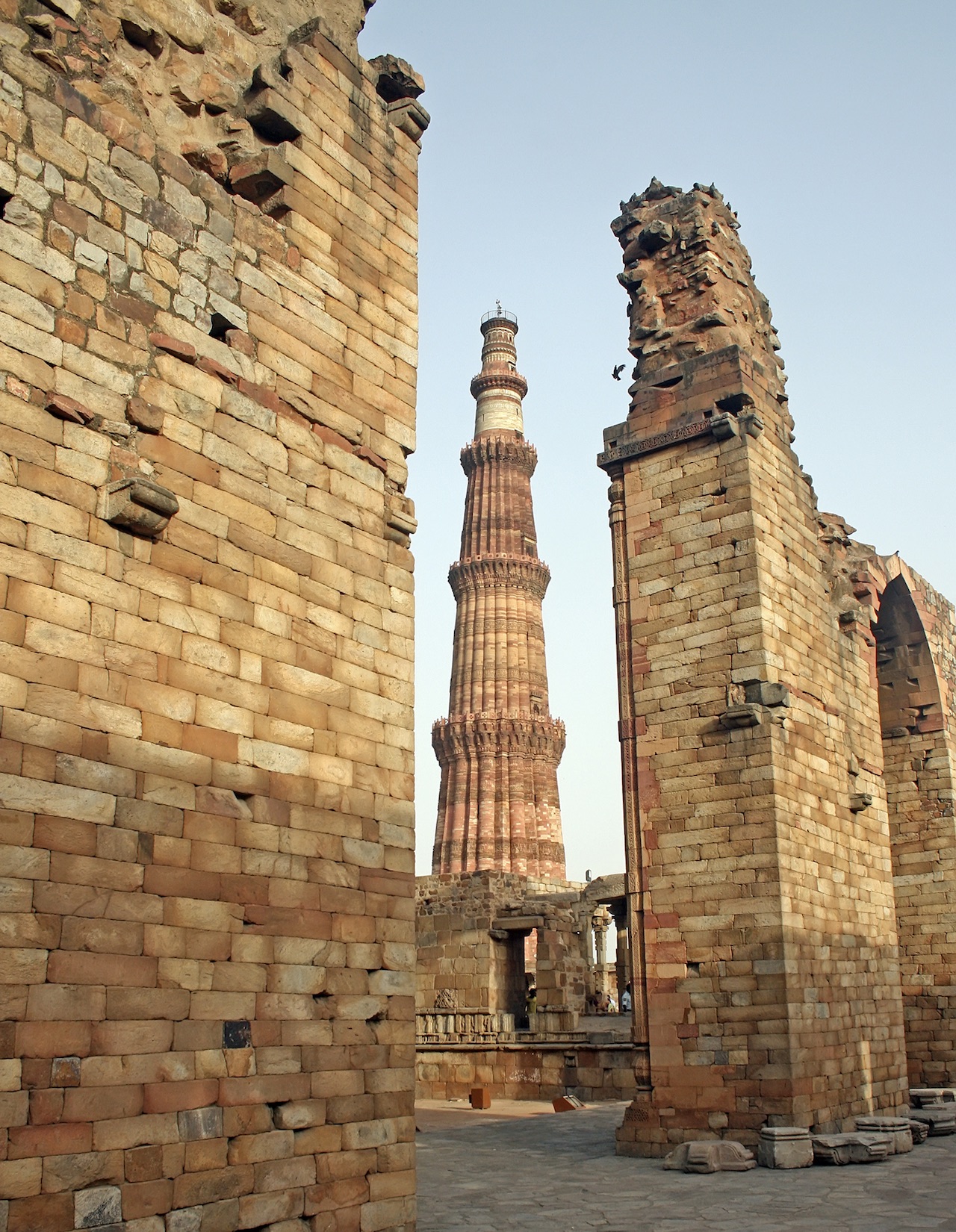
Qutub Minar, Delhi, India - A UNESCO World Heritage Site
I did not know that there was a Qutb complex till I started researching on Delhi UNESCO monuments - many monuments built around Qutub Minar (Victory tower) which was built to commemorate the victory of Islam or precisely to celebrate the victory of Muhammad Ghori over the Rajput king, Prithviraj Chauhan, in 1192 AD, by his then General, Qutb-ud-din Aibak, who is the first ruler of Delhi Sultanate.
The Qutb Minar is inspired by the Minaret of Jam in Afghanistan, which is an important example of early Afghan architecture. The Qutb Minar built using red sandstone and marble is 72.5 meter high, has five distinct storey’s and is a UNESCO World Heritage Site along with surrounding buildings and monuments.
Note: Whilst the construction of Qutub Minar was commenced by Qutb-ud-din Aibak, in the end of 12th century - however he could only build the first storey. Many have added to the monument over centuries. It was further enhanced by Aibak's successor and son-in-law Shamsuddin Iltutmish who added three storeys. In 1369, a lightning strike destroyed the top storey and Firoz Shah Tughlaq than ruler had the damaged storey replaced, and added one more storey. In 1505, an earthquake damaged Qutub Minar; it was repaired by Sikander Lodi.
On 1 September 1803, a major earthquake caused serious damage to the Qutub Minar and the then British Governor-General of India , Lord Wellesly authorized Major Robert Smith to carry out the necessary repairs. Repairs were completed by 1828 just that Major Smith exceeded his brief had replaced an Indo-Islamic cupola with and capped the Qutub Minar with a Hindu chattri style cupola. Since it was out of place Governor General Lord Hardinge eventually had it taken down in 1848 and Smith’s Folly can now be found in the outer lawns of the Qutub Complex, where it still lies till date.
Iconic Qutub Minar is surrounded by several historically significant monuments that form the Qutb complex including Quwwat-ul-Islam Mosque or the Qutub Mosque, Alai Darwaza,, Iron Pillar - world’s metallurgical curiosity, Tomb of Iltutmish, Tomb of Alauddin Khilji, the Zafar Mahal, the Jahaz Mahal, Sanderson's Sundial, Major Smith's Cupola…
Minaret of Jam built in 1190 is fairly inaccessible and located in Ghor Province of western Afghanistan is a UNESCO World Heritage Site. Minaret of Jam is made-up of baked bricks and is well-known for its exquisite brick, stucco and glazed tile decoration including calligraphy, geometric patterns, and verses from the Quran. How to reach the Qutub Minar in Delhi India?
(Delhi is one of the longest-serving capitals and one of the oldest inhabited cities in the world.)

